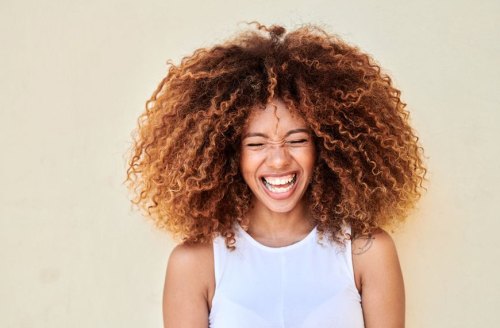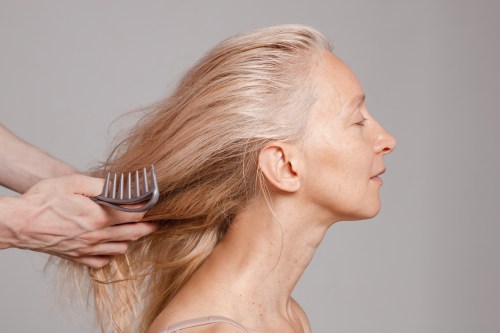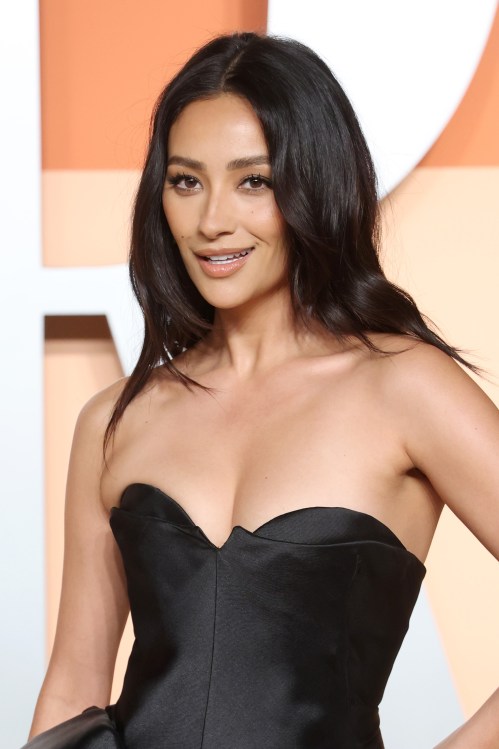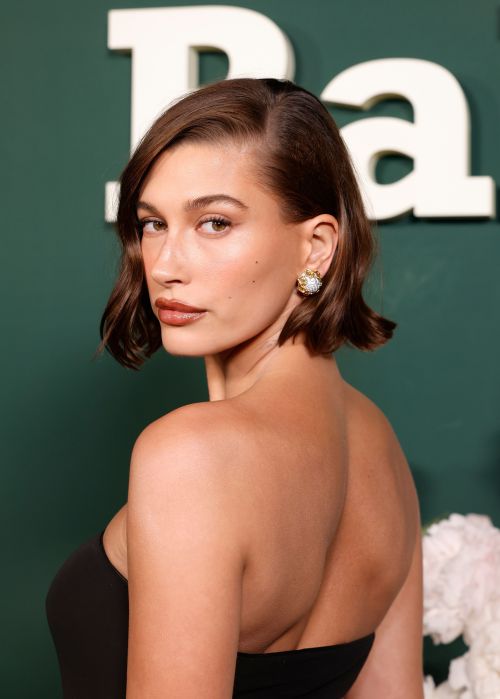The simple hack to help you choose your best hair color yet
A hair expert reveals how to match the color of your hair with either cooler or warmer skin undertones.

Like your face shape, your skin’s undertone can guide all sorts of things in your beauty routine. Have a cool undertone? Swipe on the lavender nail polish and fuchsia lipstick. On the warmer side of the spectrum? Rock turmeric yellow eye shadow and a golden bronzer. Beyond just makeup, however, your skin’s undertone can impact your beauty routine in a big way, extending all the way to the color you select for your hair.
First things first: Your skin’s undertone simply refers to the colors that make up your skin tone underneath the surface. Warm tones tend to be comprised of yellow, olive, and gold, while cool skin tones tend to be comprised of pinks and blues. If you’re unsure about your skin’s undertone take a look at the veins on your wrist—if your veins appear to skew more green, you’ve got a warm undertone; if your vein appears more blue, your undertone is cooler. So what in the world does this mean for the shade you select for your strands?
It turns out: A lot.
Every hair color group—blonde, red, brunette—has shades that have both cool and warm tones. Take blondes: A more golden blonde is warm-toned, while an ash blonde or platinum blonde is cooler. Generally, hairstylists recommend matching the two up. “For a harmonious look, warmer skin tones should consider hair colors with warm tones, and cooler skin tones should consider hair colors with cooler, neutral, more ash tones,” explains Ian Michael Black, global artistic director of hair color at Aveda. “No matter if you want to be blonde, brunette, or red, there’s a tone for you to complement your skin tone.”
However, you can also contrast your skin undertone by selecting a hair color that has the opposing tone. “For bolder looks, go opposite of your skin’s natural tones,” says Black. “For example, in the blonde category, someone with a warm skin tone wearing an icy blonde can be very striking. It really depends on how bold you feel in expressing yourself through color.” In other words, choosing the opposing tone is a way to make your hair color appear even bolder.
The moral of the story? Ya can’t go wrong with whatever hair color you choose—but you do have control over how vivid your strands appear against your skin.
To keep your locks healthy, these are the supplements to take for thicker, fuller hair. And this is how often to get a trim to avoid split end damage.
Sign Up for Our Daily Newsletter
Get all the latest in wellness, trends, food, fitness, beauty, and more delivered right to your inbox.
Got it, you've been added to our email list.










